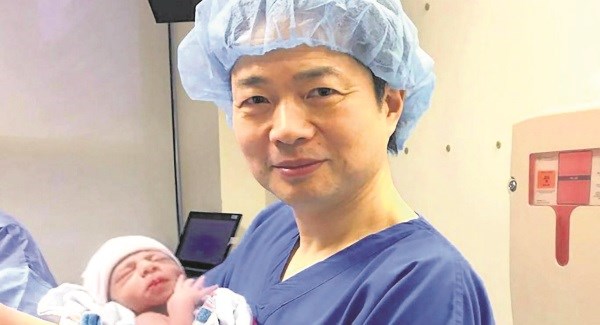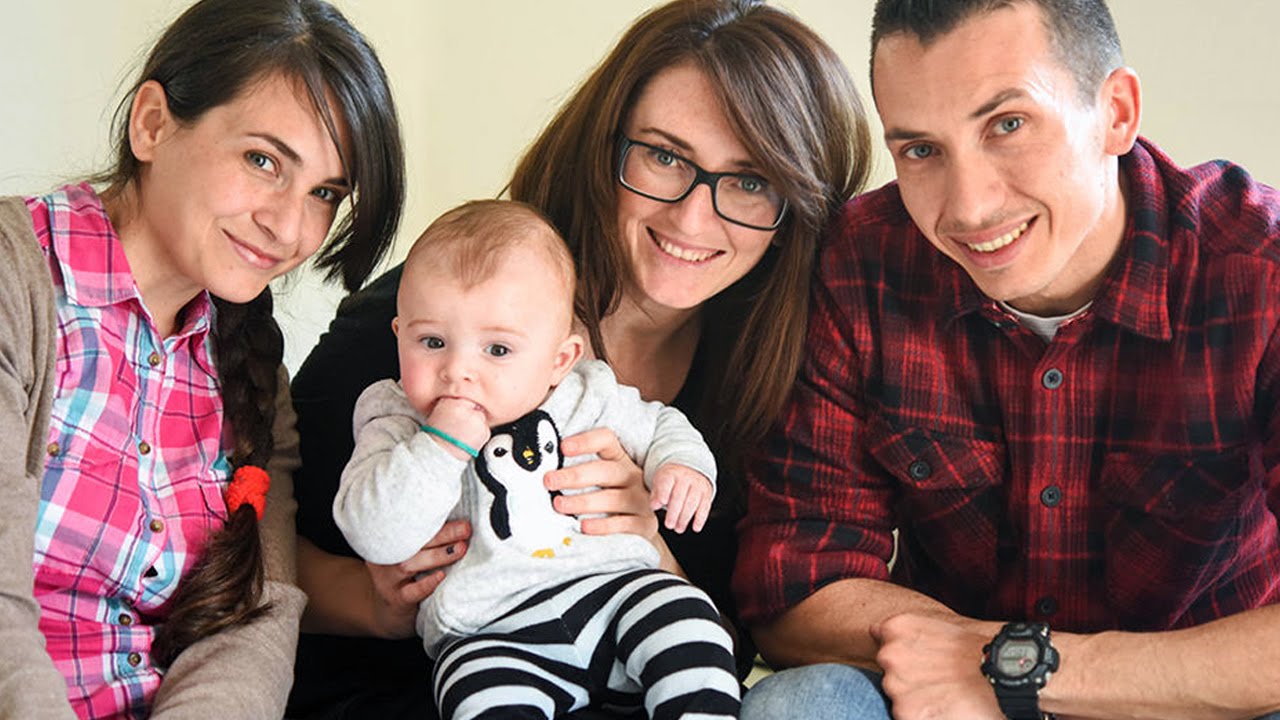A new technique that incorporates the DNA of three people has been used.

This novel technique that allows parents with rare genetic mutations to have healthy babies has only been approved in the United Kingdom.
Avoiding a mitochondrial disease.
The mother of the child was the carrier of the genes for Leigh syndrome, a deadly disease that affects the developing nervous system. Although the mother is healthy, Leigh’s syndrome was responsible for the death of her first two children.
The genes of the disease reside in the DNA of the mitochondria. This mitochondrial DNA is only inherited from the mother, and only contributes 37 genes.
The mitochondrial DNA is independent of the majority of our DNA, found in the nucleus of each cell.
This new technique is based on a technique known as nuclear transfer, which involves fertilizing both the mother’s egg and the donor’s egg with the father’s sperm.
Before the two fertilized eggs begin to divide, their nucleus is eliminated. The nucleus of the donor’s fertilized egg is discarded and replaced by the nucleus of the mother’s fertilized egg.
Only the fertilized egg nucleus of the mother is used, the rest is discarded, and this is achieved by using the mitochondrial DNA of the mother that is defective (it is the one with the genes of Leigh’s disease).
However, this technique was not appropriate for the couple, since for religious reasons they opposed the destruction of two embryos.
The authors of the new technique used a different approach.
They removed the nucleus from one of the eggs from the mother and incorporated it into the egg of the donor who had removed its nucleus. Next, the resulting egg, which had the mother’s nuclear DNA and the donor’s mitochondrial DNA, was fertilized with the father’s sperm.
Five embryos were formed, of which only one developed normally. This embryo was implanted in the mother, and at 9 months she gave birth to a healthy child.
None of these methods has been approved in the USA.
The biggest concern is security.
These types of techniques have been used previously in the 90s, when the mitochondrial DNA of a donor is injected into another woman’s ovule, along with the sperm of her partner.
Some of the babies developed genetic disorders, and the technique was banned.
The researchers believe that the problem may have been due to the fact that the babies were carriers of mitochondrial DNA from the eggs of two different women.
Now with the new technique this is solved. When analyzing the mitochondria of the baby born from the new technique it was found that less than 1% of these mitochondria were carriers of the mutation.
And this is too little to cause any problems (it is thought that approximately 18% of the mitochondria would need to be affected before problems appeared).














